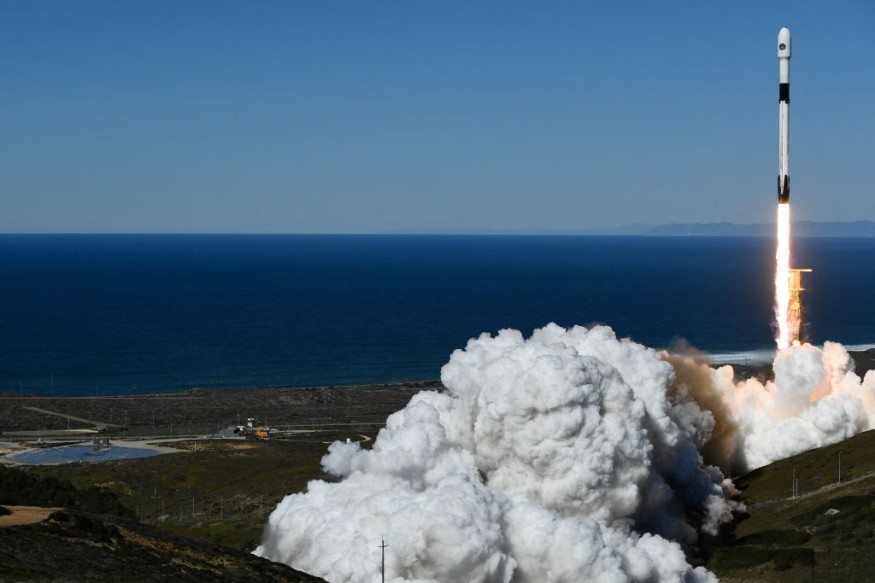A rogue rocket has been estimated to crash into the moon on March 4. Astronomers confirmed that the space object, once thought to be from SpaceX, actually comes from China as part of their space mission in 2014. It is reportedly misidentified during an initial assessment since a SpaceX rocket was also launched to the moon in 2015.
There are many deep space objects surrounding the moon and our solar system. The recent discovery of the rogue rocket's real identity emanates from a misidentification that highlights the challenges surrounding the proper tracking of deep space objects.
Misidentified Deep Space Rocket

Astronomers made a new discovery that the rogue rocket or space junk estimated to crash into the moon on March 4 does not belong to Elon Musk's SpaceX aerospace company-but rather from China.
Bill Gray, an astronomer, and proponent of the asteroid tracking software Project Pluto believed that he and his colleagues' initial assessment was wrong.
During the initial assessment, Gary gave a temporary name for the rogue rocket as WE0913A-which was once believed to be the upper stage of a Falcon 9 rocket of SpaceX.
Gary corrected the misidentification that the rogue rocket was not the SpaceX upper stage but was actually a rocket booster from China, as per Gary's updated blog on the Project Pluto website.
Discovery of Error
The misidentified rocket was first discovered by Jon Giorgini, an engineer at the National Aeronautics and Space Administration (NASA)'s Jet Propulsion Laboratory, who tracks active spacecraft, as per Live Science.
The discovery of the error first occurred when Giorgini used NASA's Horizons system, a database containing estimated locations and orbital distance of hundreds of thousands of solar system objects.
Giorgini informed Gray about the object. Gray assessed that the rogue rocket's launch time and trajectory nearly match the rocket stage from China's Chang'e 5-T1 mission in 2014.
The 2014 China and 2015 SpaceX Missions
In October 2014, the China National Space Administration launched the Chang'e 5-T1, an experimental robotic spacecraft, into the moon as part of the Chang'e 5 mission to conduct atmospheric re-entry tests.
China's moon mission was followed by the February 2015 SpaceX mission, wherein Elon Musk used the Falcon 9 rocket as a launch vehicle for the Deep Space Climate Observatory (DSCOVR), as per the National Environmental Satellite, Data and Information Service (NESDIS).
The DSCOVR, owned by the National Oceanic and Atmospheric Administration (NOAA), is an Earth observation satellite to monitor space weather and space climate.
Challenges on Tracking Deep Space Objects
The misidentified rocket estimated to crash into the moon on March 4 highlights the challenges surrounding tracking deep space objects.
There are many space objects orbiting Earth's moon and across our solar system. Due to the recent misidentified object, rigorous efforts are likely to be implemented when it comes to tracking space objects in the future.
Over recent decades, Earth has sent several robotic spacecraft missions to explore the moon's lunar surface and its origin following the 1969 first human landing on the lunar's surface.
© 2025 NatureWorldNews.com All rights reserved. Do not reproduce without permission.




